Vive la France! Our beloved Gallic neighbour has reopened its borders to the casual tourist once more and, as travel slowly yawns its way back to something resembling normalcy, it is the perfect time to hop across the channel.
France, in my half-French-totally-unbiased opinion, is never a bad idea. The diversity of the country is staggering – offering you undulating valleys dotted with vineyards, luxurious beach breaks or quaint Provençal villages; the eternal allure of Paris and majestic snow-capped peaks. But why not discover its lesser known enclaves? Seasoned Francophiles may like to take this opportunity, after a miserable time apart, to discover hidden France. So, here are my top suggestions of the best secret regions to discover…
Alsace
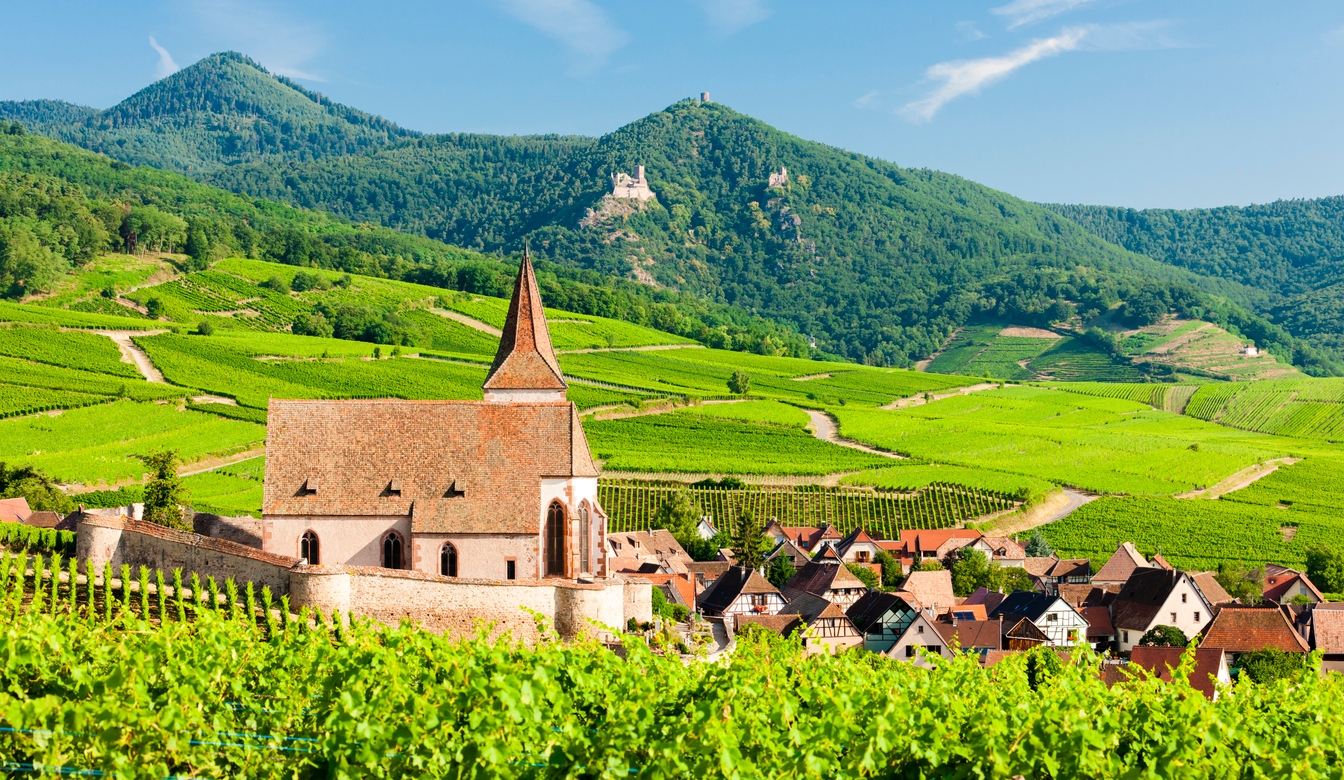
Historically one of the most contested regions of France, Alsace (now officially within the Grand-Est) has oscillated between French and German control for years but wears these conflicting influences well. Here, you will find the best of both cultures pleasantly intertwined. There is sumptuous French gastronomy (Munster cheese and soupe a l’oignonare particular highlights) and picture-perfect Germanic villages, with Alpine roofs and rustic architecture clustered around Medieval courtyards that will make you feel you have stepped back in time.
The landscape here is verdant and impressive, cut through with the Rhine river that serves as the border with Germany. Lose yourself in the breath-taking scenery of the parc naturel regional des vosges du nord, or pop by to a vineyard to try one of the region’s famous Rieslings. There are absorbing, charming cities, like Colmar, whose old town is a chocolate-box treat, or captivating Strasbourg, with its soaring Gothic architecture. You really are spoilt for choice in this criminally overlooked gem.
Limousin
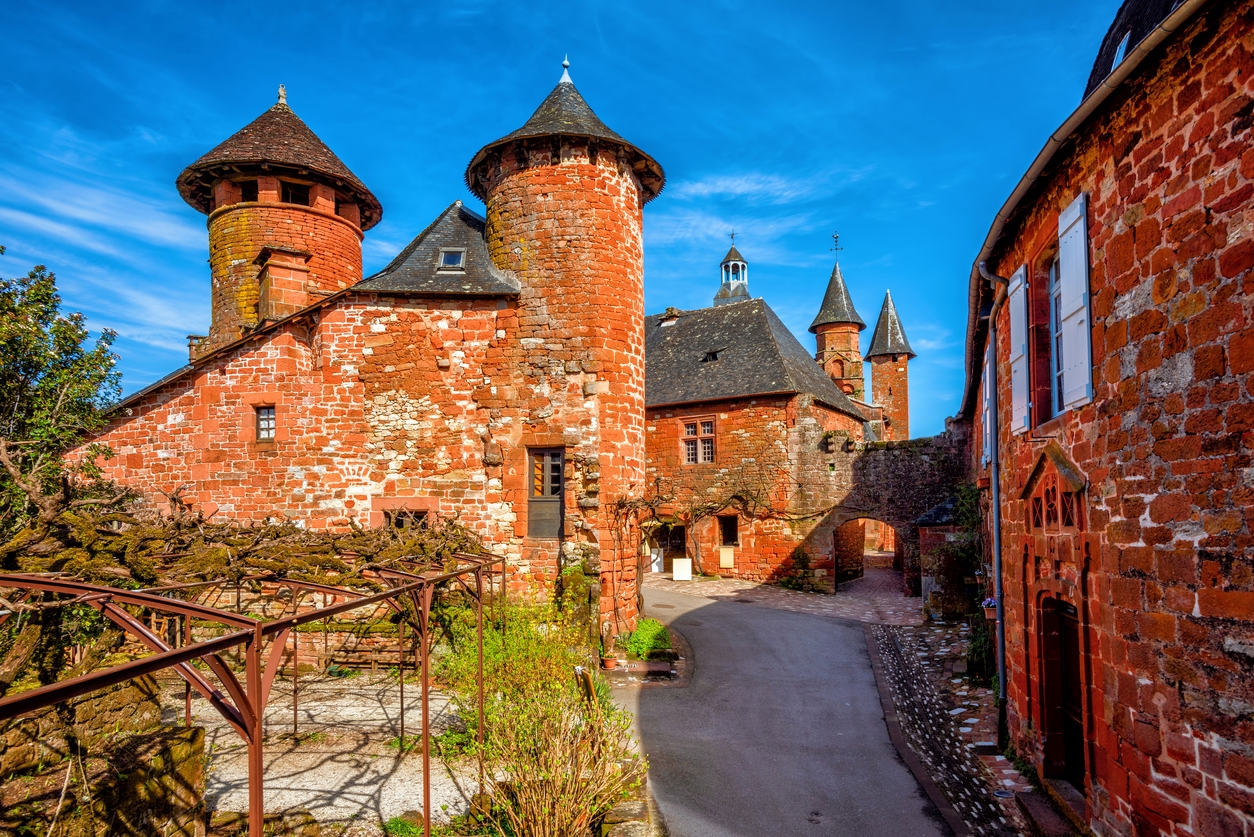
Bear with me here. Yes, this sparsely-populated area of France gives its name to a famous breed of cattle and yes, beef is this region’s claim to fame. But Limousin is more than just your next steak haché. This unspoilt sector of France is a wonder that actually contains some of the country’s most beautiful historic towns and unfettered grassy plains. Its landscape is breathtakingly idyllic, sitting as it does atop the massif central, with rolling hills, river valleys and dense woodland.
Limousin is perfect for a sun-dappled rural escape. You can stroll through endless sleepy mediaeval hilltop hamlets which are all near-perfectly preserved, from Solignac and its 12thcentury church to Collanges-la-Rouge, famous for its distinctive red brick buildings and its accolade as one of the most beautiful villages in France. You could also try Limousin’s city break offering: Limoges. The capital of French porcelain, it has an excellent cathedral, great culinary delights and a gorgeous Art Deco station Gare de Limoges-Bénédictins, which, with its frescos and bell tower, is worth a visit in its own right. Though, I recommend visiting in summer, when you can arrive via the old-fashioned Chemin de Fer Touristique Limousin- Périgord steam train.
Savoie
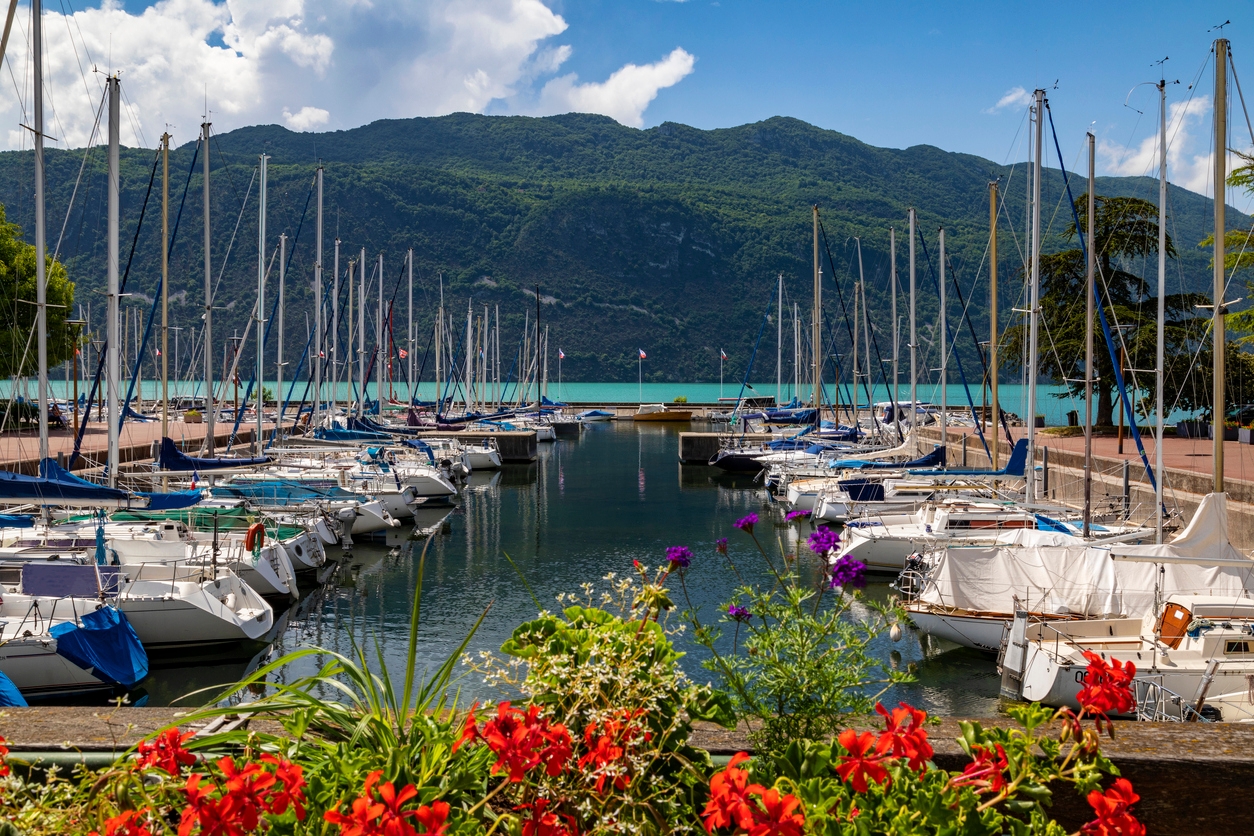
Part of the larger – and more diverse – regions of France, the Auvergne-Rhône Alps, Savoie is a charming section of the country, known for its alpine splendours and thermal spa towns. Besides the heavy hitters of the region – the famous les 3 vallées ski destination – there are myriad lesser-known delights to be found here, trust me.
There is the chic, underrated spa town of Aix Les Bains, which has everything you could want – from wonderful restaurants and a 12thcentury royal burial ground in an alpine abbey to mountain bike and cross-country ski trails on nearby Mont Revard. Or you could try the stunning mountain town of Chambéry, which is full of chateaus, abbeys and other historical landmarks (check out its famous elephant fountain) as well as being as prime location for the tipple of the region: vermouth.
Picardy
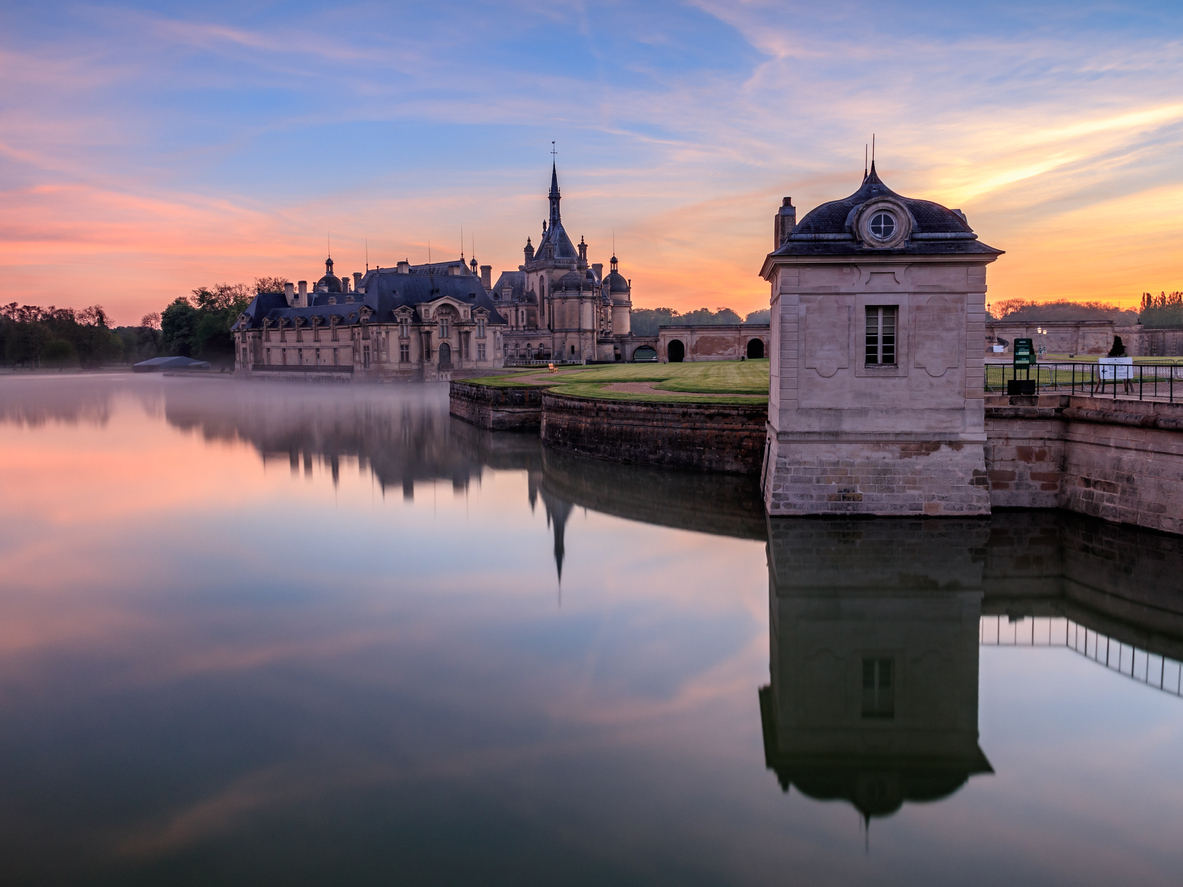
Like many border areas of France, Picardy owes much of its influence to its neighbour. In this case, it is Belgium and the long-armed reach of the Netherlands. Here, the landscape is flatter and the towns more like Amsterdam than the Hausmann grandeur of Paris. The most well-known site of interest – the Somme- lends Picardy its most sombre, if significant claim to fame, but the region is much more than the misery of the trenches.
There is the gothic grandeur of Soissons, one of France’s oldest towns, which is replete with antiquity dating back to the Roman invasion. Nearby Beauvais and Senlis offer similar slices of Gallic history, the latter the home of the early French monarchical dynasties, and the former a cathedral town tantalisingly close to the town of Chantilly, famed for its divergent treats, from lace and cream to classic horse racetracks and a gorgeous forest. But perhaps the key feature of Picardy is Amiens. A pretty river town with Amersterdam-esque canals, it is famed as the home of Jules Verne (and now a museum in his honour) as well as the site of Northern France’s largest Christmas market.
Corsica
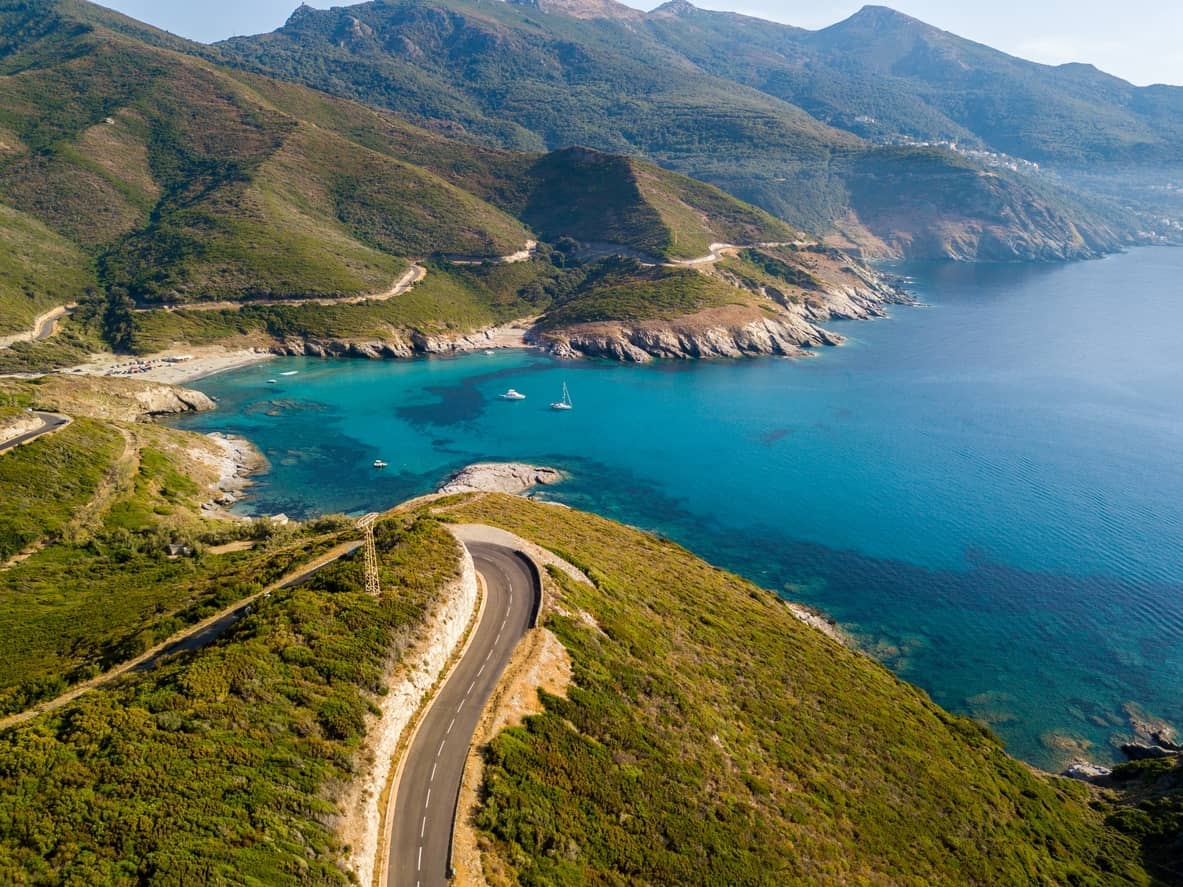
You should never forget Corsica, though all-too-many do. This mountainous Mediterranean island lies southeast of the French mainland and the coast of Italy, and is brimming with a joyous blend of Southern French and Tuscan influences. There is a wealth to see and do on this island; from some of the world’s most beautiful mountain hikes and coastal trails, to the cultural heritage of Corsican towns and villages, which bear witness to the island’s fascinating past. Make sure to visit the capital, Ajaccio, birthplace of one of France’s most famous sons: Napoleon.
Being an island, there are, of course, endless options for beach trips, including Corsica’s most famous, and most beautiful; Palombaggia. Here, you can sit back and enjoy some local delicacies, like the pork-liver sausage figatellu and the famous ‘Cap Corse’ apéritif produced by Mattei, and wonder why you ever overlooked France’s island paradise.

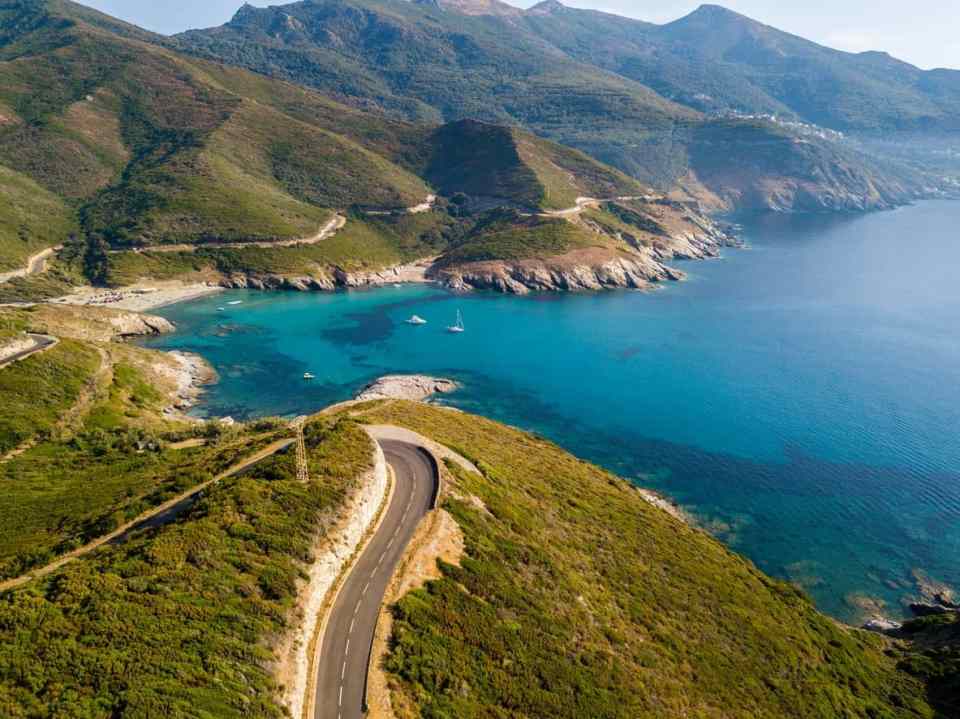
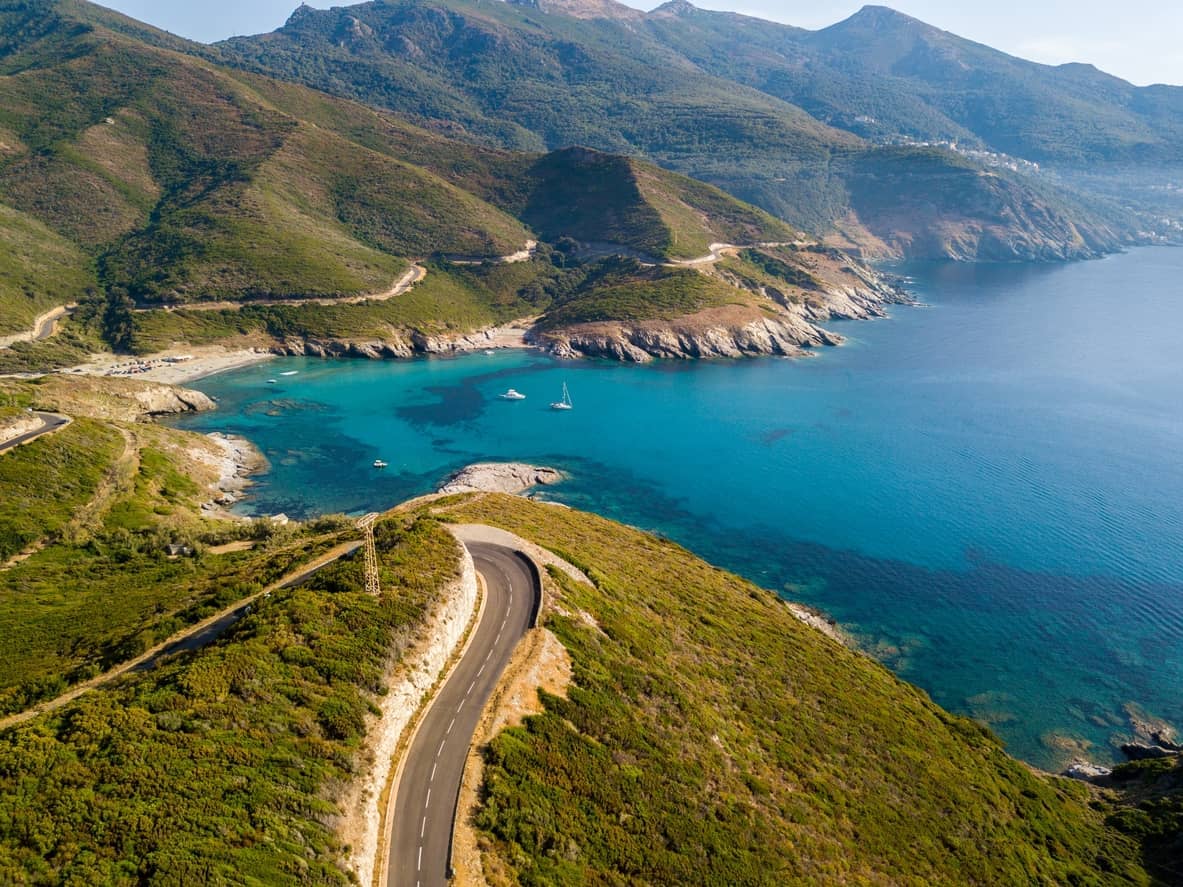




Comments